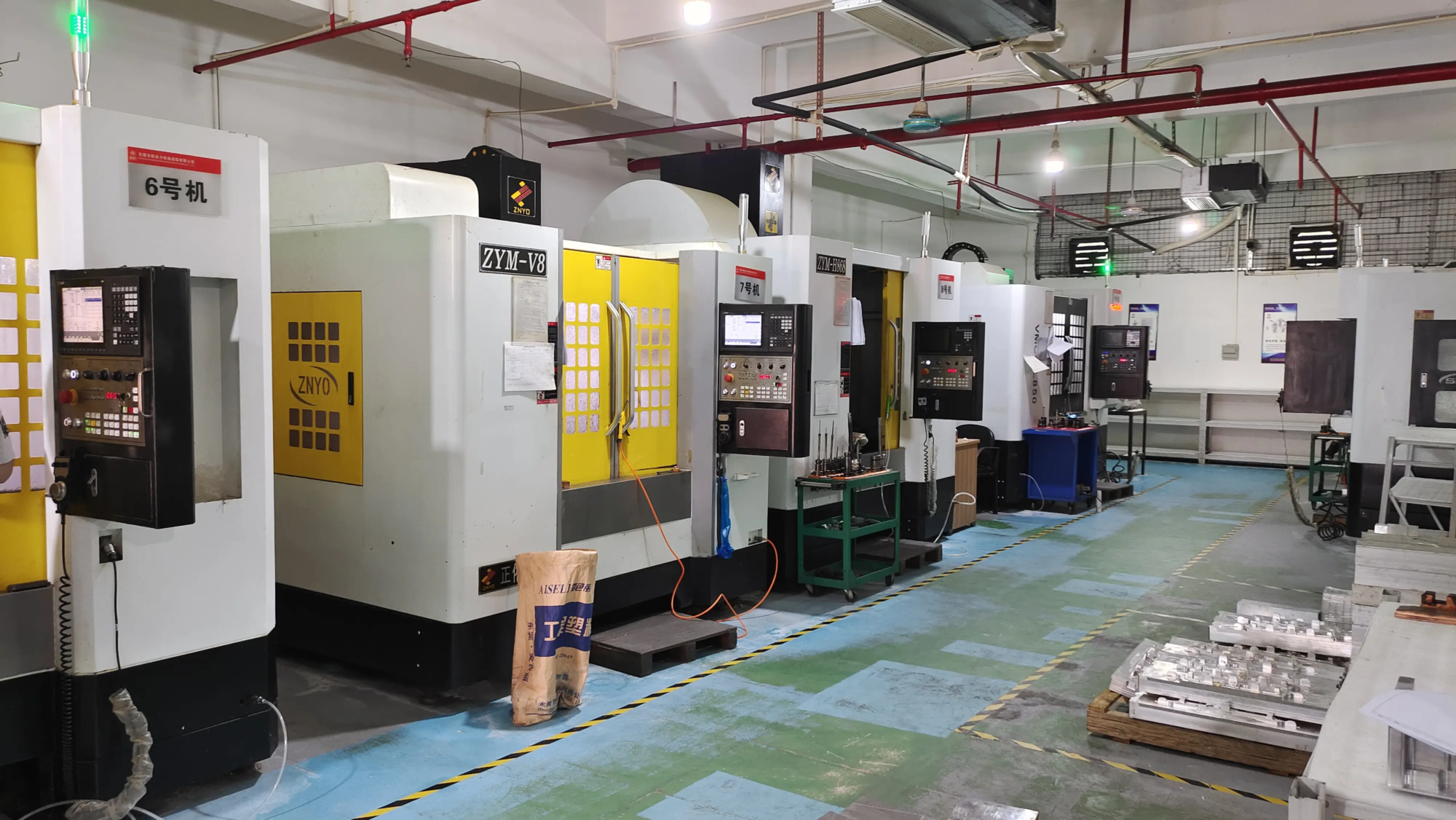Recently, the team of Professor Ge Qi of the Mechanical and Energy Engineering Department of the University of the South Sciences and Technology (SUTISC) has made significant progress in the field of reconfigurable 4D printing technology. They have developed a covalent adaptive network form polymer (MRC-SMP) with high mechanical properties, which can be used in high resolution 3D printing of digital light treatment (DLP), successfully achieving a reconstructible reduction, large deformation and high precision 4D printing.
This research result isReconstructible 4D printing through an adaptive network form polymer for the form of mechanically robust adaptive network》, Published in the journal “Science Advances”.
Highlights of research
Traditional memory polymers (SMPS) are often used in 4D printing and have a high module. However, as it is mainly thermosetting materials, their memory characteristics are limited to a single permanent form. In recent years, research has attempted to introduce covalent adaptive networks (Cans) into SMPs to achieve the reconfigurability of several permanent forms, but existing dynamic covalent SMPs are difficult to take into account both the performance of memory, deformation and reconstruction capacities, and high precision printability.
To solve these problems, the MRC-SMP equipment developed by the team of Professor Ge Qi has the following characteristics:
- High mechanical properties: Excellent shape memory performance and large deformation capacity.
- Reconstructibility: reconfiguration of permanent forms by transesterification reactions.
- High precision printing: supports high -resolution DLP printing technology.
Innovation achievements
The research team used DLP printing technology to develop a MRC-SMP network structure with significant deformation behavior and significant memory characteristics, which has achieved permanent form reconstruction by the transesterification reaction while maintaining excellent shape memory performance.
In addition, the material has high resistance welding capacities and can create complex structures by welding and reconstruction of form. For example, by welding three MRC-SMP network structures and a MRC-SMP connector, a mechanical clamp is formed which can grasp heavy objects. The pliers can restore from the state expanded to the GRAB state through the form memory process to complete the lifting task of heavy objects.
The team has also combined the reconstructible characteristics of MRC-SMP and multi-material printing technology to quickly create an origami structure in three-dimensional memory. The use of MRC-SMPs as a hinge of deformation and the high intensity photourable resin as a rigid surface, an origami structure with high rigidity and can withstand heavy loads at room temperature has been successfully built.
Meaning of research
This result demonstrates the application potential of the MRC-SMP in high precision manufacturing and intelligent structural design. It improves not only the applicability of 4D printing, but also considerably shortens the manufacturing time of complex memory structures, promoting the practical application of shape memory materials in several fields.
High-temperature deformation performance of MRC-SMP and high-precision printing capacities offer more innovative design possibilities in the fields of mechanical structures, intelligent equipment, etc., and also provides more inspiration and technical support for future intelligent manufacturing.
Research support
Research was funded by the National Natural Science Foundation of China, the Zhujiang Talent Program of the Guangdong Province, the Guangdong Province of Natural Province and the Science and Technological Innovation Committee of Shenzhen. The first author of the article is Li Honggeng, assistant researcher in the Mechanical and Energy Engineering Department of Sutisch, and Professor Ge Qi is the corresponding author.





